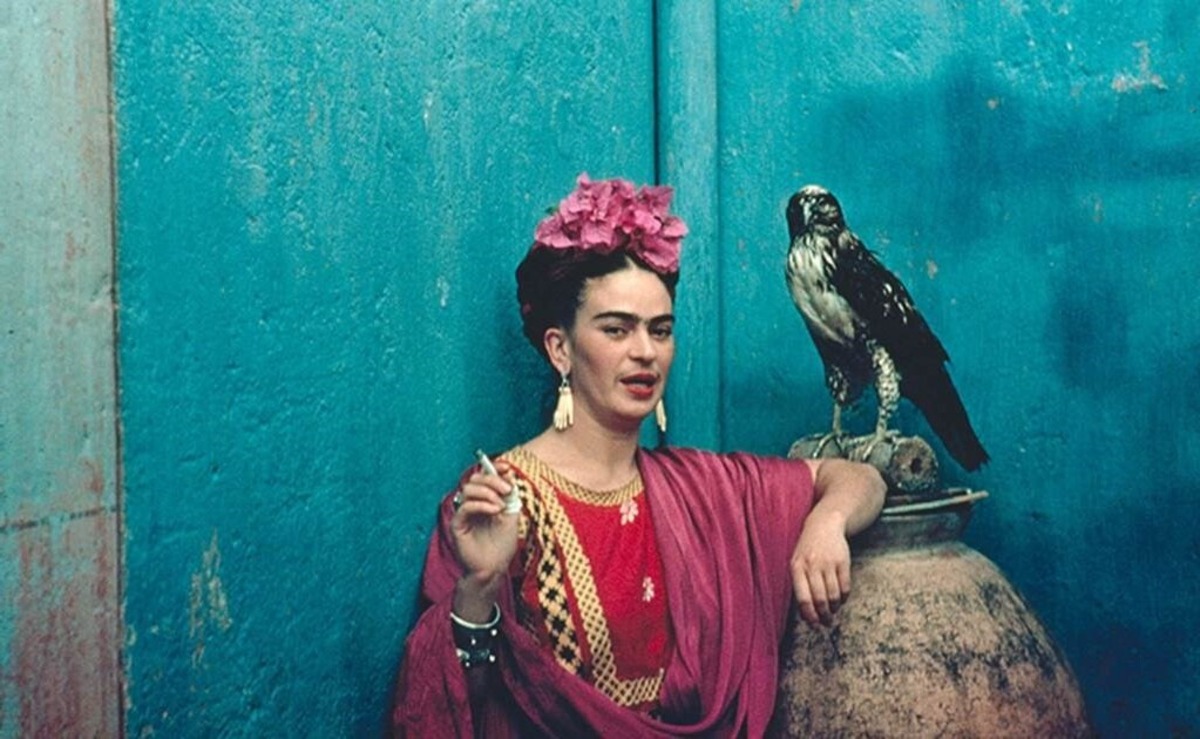
Ever wondered about the colorful world of Frida Kahlo, the iconic Mexican artist known for her unique paintings and her vibrant, yet tumultuous life? Frida Kahlo isn't just a name in the art world; she's a symbol of resilience, creativity, and breaking boundaries. From her self-portraits that tell tales of her personal struggles and pain to her passionate love life and political activism, there's so much more to Kahlo than meets the eye. Why did she become such a celebrated figure, and what secrets lie behind her famous unibrow and floral headpieces? Dive into the fascinating universe of Frida Kahlo with these 15 facts that are perfect for young minds eager to learn about one of history's most intriguing artists. Get ready to be amazed by her story, her art, and how she turned her challenges into masterpieces.
Key Takeaways:
- Frida Kahlo, a resilient artist, overcame physical and emotional challenges to create powerful self-portraits. Her unique style and cultural impact have made her a global icon of identity and feminism.
- Despite facing health struggles, Frida Kahlo's vibrant spirit and unique pet collection inspired her art and resilience. Her famous quote, "Feet, what do I need you for when I have wings to fly?" reflects her enduring spirit.
Who Was Frida Kahlo?
Frida Kahlo, born on July 6, 1907, in Coyoacán, Mexico, was a painter known for her unique style and self-portraits. Her full name was Magdalena Carmen Frida Kahlo y Calderón. Despite facing numerous health challenges throughout her life, including polio as a child and a severe bus accident at the age of 18, Kahlo's spirit and talent remained unbroken. She used her art to explore themes of identity, postcolonialism, gender, class, and race in Mexican society.
Early Life and Challenges
-
Frida Kahlo contracted polio at the age of six, which left her with a limp. This early struggle was just the beginning of Kahlo's lifelong battle with physical pain.
-
At 18, Kahlo was involved in a bus accident that caused severe injuries, leading to numerous medical procedures and long periods of bed rest throughout her life. This experience significantly influenced her art.
Kahlo's Artistic Journey
-
Kahlo began painting during her recovery from the bus accident, using a specially made easel that allowed her to paint in bed. Her self-portraits often include symbolic representations of her physical and emotional pain.
-
She once said, "I paint myself because I am so often alone and because I am the subject I know best." This statement reflects her introspective and deeply personal approach to art.
Frida and Diego: A Turbulent Love
-
Kahlo married the famous Mexican muralist Diego Rivera in 1929. Their relationship was tumultuous, marked by both passion and infidelity. They divorced in 1939, only to remarry a year later.
-
Despite their personal struggles, Rivera was a significant influence on Kahlo's art and career. He encouraged her artistic development and introduced her to important political and artistic circles.
Political Activism and Cultural Impact
-
Kahlo was an active communist, which influenced both her art and her personal life. She hosted exiled Soviet leader Leon Trotsky in 1937, with whom she also had a brief affair.
-
Her work is celebrated for its incorporation of Mexican cultural and indigenous symbols, which has made her an icon of national identity and feminism in Mexico.
Kahlo's Legacy and Recognition
-
Kahlo's art was not widely recognized until decades after her death in 1954. Today, she is considered one of the most significant artists of the 20th century.
-
In 2002, Salma Hayek portrayed Kahlo in the movie "Frida," which brought even more attention to Kahlo's life and work. The film was nominated for six Academy Awards, winning two.
Interesting Facts About Frida Kahlo
-
Kahlo's Blue House (La Casa Azul), her lifelong home in Coyoacán, Mexico City, is now a museum dedicated to her life and art.
-
Despite her health issues, Kahlo had a vibrant social life and hosted many parties, often dressing in traditional Mexican clothing which became her signature style.
-
Kahlo's work has been featured on Mexican currency and in countless exhibitions around the world, solidifying her status as a global cultural icon.
-
She had a unique pet collection that included monkeys, parrots, and even a deer, which often appeared in her paintings.
-
Kahlo's famous quote, "Feet, what do I need you for when I have wings to fly?" encapsulates her resilience and enduring spirit in the face of adversity.
A Final Brushstroke on Frida Kahlo's Legacy
Frida Kahlo's life was a canvas filled with more than just her iconic paintings. It was a story of resilience, passion, and creativity that continues to inspire folks around the globe. From battling health issues to expressing her deepest emotions through art, Kahlo showed us the power of staying true to oneself. Her legacy goes beyond art; it's a testament to overcoming adversity and embracing individuality. Young minds can learn a lot from her journey—about the importance of self-expression, the strength in vulnerability, and the beauty of being different. Kahlo's story isn't just for art lovers; it's for anyone who's ever faced challenges and dared to dream big. Let's keep her spirit alive by encouraging creativity and courage in the face of obstacles. Frida Kahlo's life reminds us all to paint our own paths with bold colors and unyielding passion.
Frequently Asked Questions
Was this page helpful?
Our commitment to delivering trustworthy and engaging content is at the heart of what we do. Each fact on our site is contributed by real users like you, bringing a wealth of diverse insights and information. To ensure the highest standards of accuracy and reliability, our dedicated editors meticulously review each submission. This process guarantees that the facts we share are not only fascinating but also credible. Trust in our commitment to quality and authenticity as you explore and learn with us.


